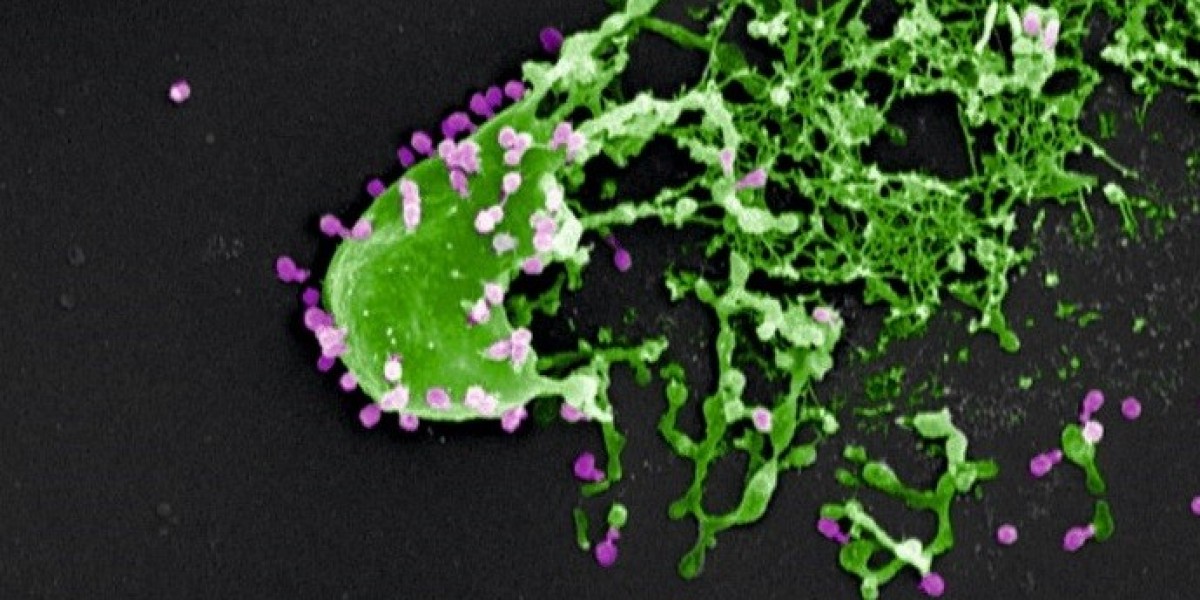What are Bacteriophages?
Bacteriophages, also known as phages, are viruses that infect and replicate within bacteria. They are the most abundant biological entity on Earth, with an estimated total of 1031 phage particles. Each phage consists of a protein capsid enclosing its genetic material, either DNA or RNA. Phages infect bacteria by binding to specific receptors on the bacterial cell surface and then injecting their genetic material into the host. The phage hijacks the bacterial cell's mechanisms and uses it to produce new phage particles, which eventually causes the bacterial cell to lyse or burst, releasing the new phage particles to infect other bacteria.
How do Bacteriophage Therapy Work as Antibacterial Agents?
Once a phage infects a susceptible Bacteriophages, it goes through one of two life cycles - lytic or lysogenic. In the lytic cycle, the phage immediately directs the bacterial cell to produce new phage particles. These particles are assembled within the cell and then cause it to burst open, releasing the new phages. This directly kills the infected bacterium. Alternatively, in the lysogenic cycle, the phage integrates its genetic material into the bacterial chromosome. It remains dormant as a prophage but is replicated as the bacterium divides. Environmental triggers can cause it to revert to the lytic cycle and kill the host. Both lytic and lysogenic phages have potential as treatment agents by specifically targeting and eradicating disease-causing bacteria.
Applications of Phage Therapy
Phage therapy involves using phages that are specific to bacteria as medicines to treat pathogenic bacterial infections and diseases. Potential applications include:
- Topical treatments - Phages are being tested as topical treatments for skin, eye, ear and wounds infected with pathogens like Staphylococcus aureus and Pseudomonas aeruginosa. They can be formulated into creams, ointments, or irrigation solutions.
- Gastrointestinal infections - Phages show promise for treating gastrointestinal infections caused by Escherichia coli, Salmonella, Listeria, etc. They have been used to safely decontaminate food products as well.
- Chronic infections - Phages are studied as alternatives for chronic lung infections in cystic fibrosis patients, recurring urinary tract infections, osteomyelitis, and other chronic bacterial diseases that develop resistance.
- Agricultural use - Phages are growing in use as biopesticides to prevent bacterial diseases in important food crops and livestock without posing toxicity risks. They control pathogens like Xanthomonas in rice and Erwinia in fruit.
- Combating antimicrobial resistance - With the rise of multidrug-resistant "superbugs", phage therapy is being re-evaluated as a tactic against pan-drug resistant bacterial infections for which no effective antibiotic options remain.
Challenges and Potential Solutions
While phage therapy has many promising applications, some challenges have slowed its adoption so far:
- Host range - Phages often have a narrow host range, infecting only certain strains. Cocktails of diverse phages are needed. Genetic manipulation can expand their spectra.
- Immunogenicity - Phages are foreign particles that may elicit an immune response. Most studies show no severe reactions in humans but immunogenic aspects need clarification.
- Location and dose - The right dose and location of administration is important for phage efficacy. This optimization improves with more clinical trials.
- Bacterial resistance - Bacteria may evolve resistance to phages similar to antibiotics. Using combinations of phages targeting different receptors mitigates this risk.
- Regulatory policies - Strict antibiotic policies initially hampered phage therapy research and development in the West. More lenient regulations and oversight are needed.
- Knowledge gaps - Research addressing gaps in understanding phage biology, dynamics of phage-bacteria interactions, dosing, delivery etc. will fuel wider clinical adoption.
Overall, bacteriophage therapy is poised to complement antibiotics for certain infections if development hurdles are systematically addressed. Continued research, diverse phage libraries, regulatory changes, and clinical experience will consolidate its role as a substantiated antibacterial modality.
Get more insights on Bacteriophage Therapy



